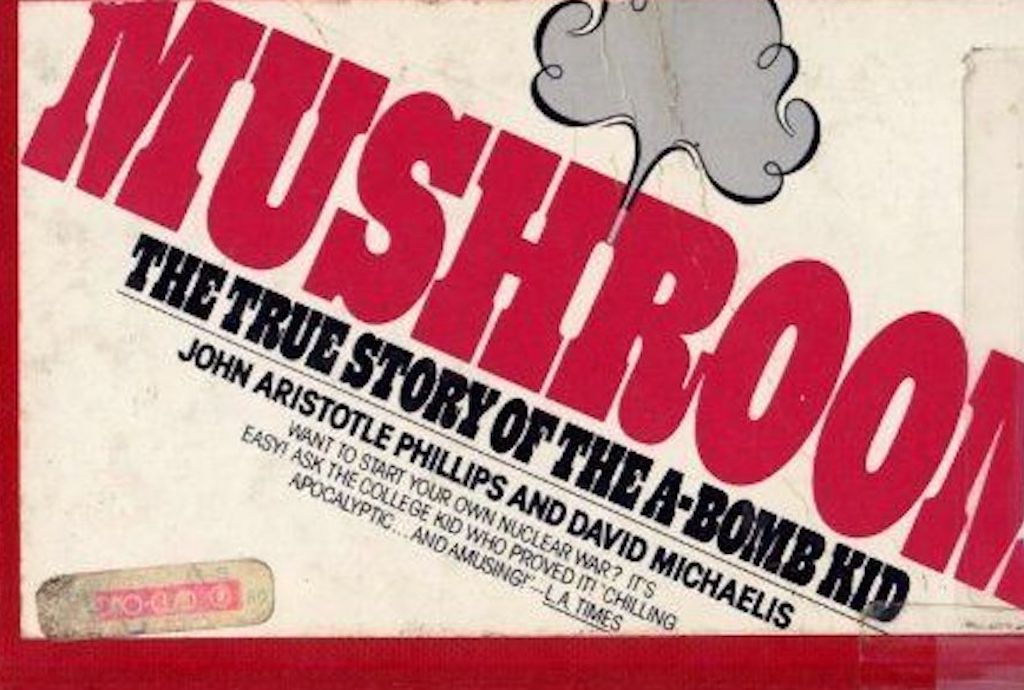We often look at college students as punk kids, lazy frat guys or any other kind of social stereotype. The truth is they come up with some pretty amazing papers, research, and class projects. The polarizing lens, a self-charging family car, and nail polishes that can detect date rape drugs, all of these were created by undergraduate college students.
Few of the amazing inventions created by undergrads, however, end up being seized by the Federal Bureau of Investigation. Although, in the government’s defense, they aren’t conducting a mini Manhattan Project on their campuses, either. That’s the story of one underachieving undergraduate’s 1976 extra credit paper.
Princeton junior John Aristotle Phillips needed to improve his grades to stay in school and keep his job as the school’s Tiger Mascot. To one of his professors, he proposed writing a term paper for a seminar on nuclear proliferation, one where he might pull together a cheap, portable nuclear device based on the weapon used over Nagasaki in 1945 using only publicly-available information.

Phillips had no idea his plan to get extra credit and keep his tiger suit would lead to an explosion of fame, television appearances, and news stories about his college endeavors. He had no idea the entire country would be calling him “The A-Bomb Kid.”
The cost of creating a nuclear weapon is easily estimated to be in the millions of dollars, but Philipps proposed that one could be created for just $2,000 in 1976 (just over $10,000 in today’s currency). He also proposed that such a nuclear device would be able to fit in the back of a U-Haul trailer. If he could actually make it work, one might see why the FBI had a special interest in confiscating his research.
The professor, probably believing it was not a possibility, especially from an underachieving student agreed, and Phillips went to work. Not only did he write the paper during the semester, but he also created a model mockup of what such a weapon would look like. By February 1977, Phillips’ work was done and it caught the media’s attention. It also caught the world’s attention.

His professor said the design would likely work, and it wasn’t long before the FBI came knocking to seize the design and his research. The most stunning part of the story was that Phillips used only his class textbook and two unclassified government documents to create the design. Nuclear expert Dr. Frank Chilton looked at his design and also concluded that it would likely work.
His 34-page report detailed a design that came in at under $2,000 and fit in a U-Haul, just as Phillips predicted it would. By 1977, John Aristotle Phillips was being contacted by Pakistani officials with an interest in purchasing his design and the U.S. Senate was discussing his extra credit paper during sessions of Congress, addressing President Jimmy Carter.
Soon, John Aristotle Phillips could be seen on the CBS Evening News, “90 Minutes Live” and even the game show, “To Tell The Truth.” Hollywood is even interested in making a movie about it. While Phillips enjoys his brush with fame, he stops to make a point about nuclear proliferation and safeguarding plutonium.
After his fame subsided, he ran for Congress a couple of times, losing both races. But he turned that experience to start his own company, Aristotle, Inc. Still the CEO of the company, Aristotle, Inc. offers political campaign consultation using data analysis and machine learning.

